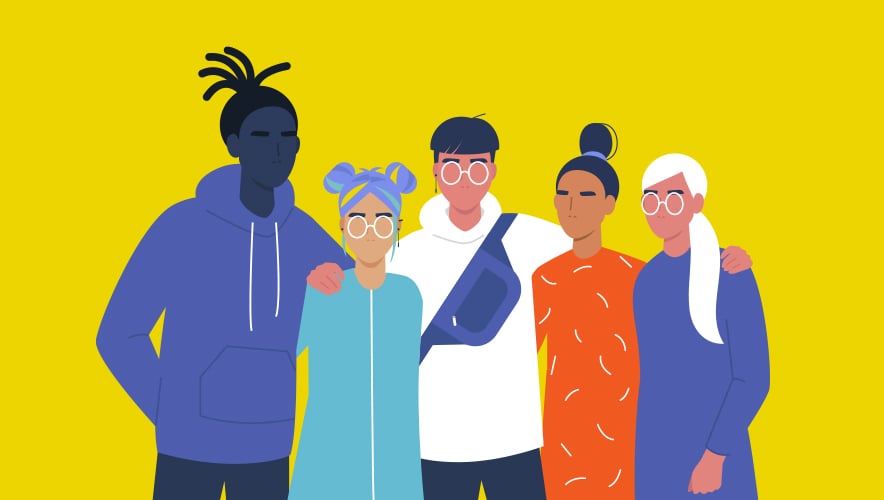How the U.S. Army Is Changing Its Recruitment Strategy for Gen Z
Security Management has partnered with SHRM to bring you relevant articles on key workplace topics and strategies.
Picture it: Two men fishing in a serene location. One reflects the surrounding calm. The other holds his fishing pole in one hand and nervously clutches his cell phone in the other while he talks business. What's the difference between the two? The tranquil man, looking like he’s still in his prime, retired from the U.S. Army.
The scenario is featured in the “Know Your Army” ad campaign launched last March to highlight the benefits of joining the largest branch of the U.S. military and clear up Generation Z’s misconceptions about the armed forces. The ad may resonate. About 25 percent of the members of Generation Z fear they won't be able to retire comfortably, according to a survey by Deloitte. Individuals can retire from the U.S. Army after 20 years with a pension and still have another career.
“These Gen Zers are looking for competitive benefits and believe it or not, the Army has absolutely everything they're looking for. They just don’t know it,” says Ignatios Mavridis, deputy chief of marketing in the Army Enterprise Marketing Office.
The Army surveyed 3,000 people earlier this year to determine the public’s perception of it, and roughly one-third of those polled were members of Generation Z. Nearly three-quarters of them (73 percent) claimed to be familiar with the Army—the highest amount of any generation. But it turned out they weren’t well-informed.
Only about half of Generation Z respondents knew that the Army offers educational benefits, while only 34 percent realized that the Army provides home-buying loans. About one-third knew about the potential for early retirement, and roughly 20 percent were aware that the Army offers paid parental leave.
“That prompted us to start wanting to do some campaigns that talk to those points, to help close that gap,” Mavridis says.
The campaign consists of five spots that feature various benefits of joining the Army, such as low-cost home loans and a generous vacation policy. The ads have appeared on television during shows such as “WWE Raw” on USA, NBA games, “House of Payne” on BET, and “El Ultimo Rey” on Univision, as well as on the Army’s Facebook page and YouTube channel. They will run through September.
Related ContentMeet Gen Z: The Stressed, Indebted, and Idealistic Future of Work College debt, inflation, racial and gender inequity, political upheaval, the lingering effects of the COVID-19 pandemic, and recession fears plague Generation Z, so it’s no wonder that many of them say they’re facing mental health issues. |
Mavridis couldn’t break out how much the Army was spending on the campaign, but notes that recruiting has become more difficult in recent years. Decades ago, more people knew individuals who were serving in the Army, Mavridis says. Also, only 29 percent of people between the ages of 17 and 24 are eligible for military service without a waiver. The rest fail to meet health, education, and fitness requirements.
The Army has also instituted changes to make itself more attractive. This year, it started a bonus program that offers those who enlist up to $50,000 if they stay for six years and have specific skills or accept certain roles. It also cut the enlistment period from four years down to two.
Theresa Agovino is workplace editor at SHRM.
© 2022 SHRM. This article is reprinted from SHRM.org with permission from SHRM. All rights reserved.











